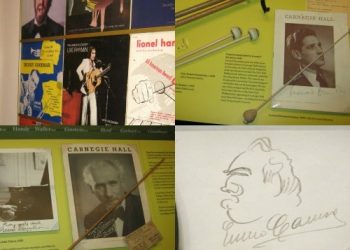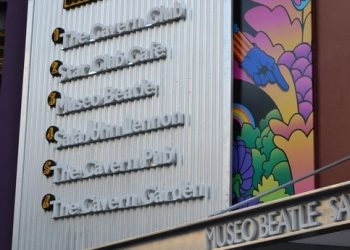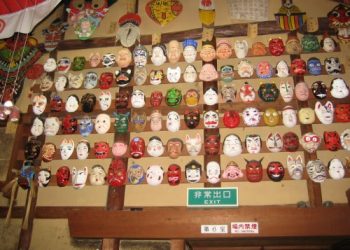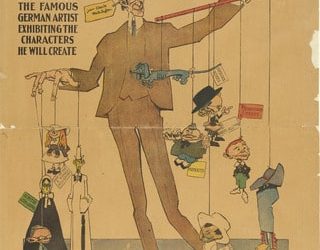It may be April Fools’ Day and Palm Sunday, but did you also know today is the 121st anniversary of the Wrigley Company’s founding? William Wrigley originally sold soap and baking powder with a package of gum attached to each can, but the gum became so popular he switched products. Many museums have Wrigley items as part of their collections, including the first product to be scanned using a UPC bar code. That 10 pack of Wrigley’s Juicy Fruit gum from 1974 is now on display at the Smithsonian Institution’s National Museum of American History. Another museum (which I’ve covered here before) is the Museum of Brands, Packaging and Advertising in London, which displays Wrigley’s ‘Spearman’, who first appeared in advertisements beginning in 1915. The company was one of the first to create an “ad creature” (a company mascot), which was modeled after the flavor of gum that Wrigley introduced, Spearmint. It looked like a pointy-tipped mint leaf with a smiling face; and much like Tony the Tiger or the Trix Rabbit, the Spearman was seen in all advertisements and instantly recognizable to consumers of the early 20th century. In 1911, just twenty years after its founding, Wrigley’s famed Spearmint was first introduced in the UK and became so successful that a factory opened in Wembley. Since then more than 90% of the gum chewed by Brits is made by the company. Robert Opie, the Brit who started the Museum of Brands, is a success story too. He is the perfect example that hoarding can result in something good. No, really! Because he never threw anything out, the museum displays the 12,000 everyday objects he collected from living in a consumerist society. So that’s cool. Or maybe not.
















